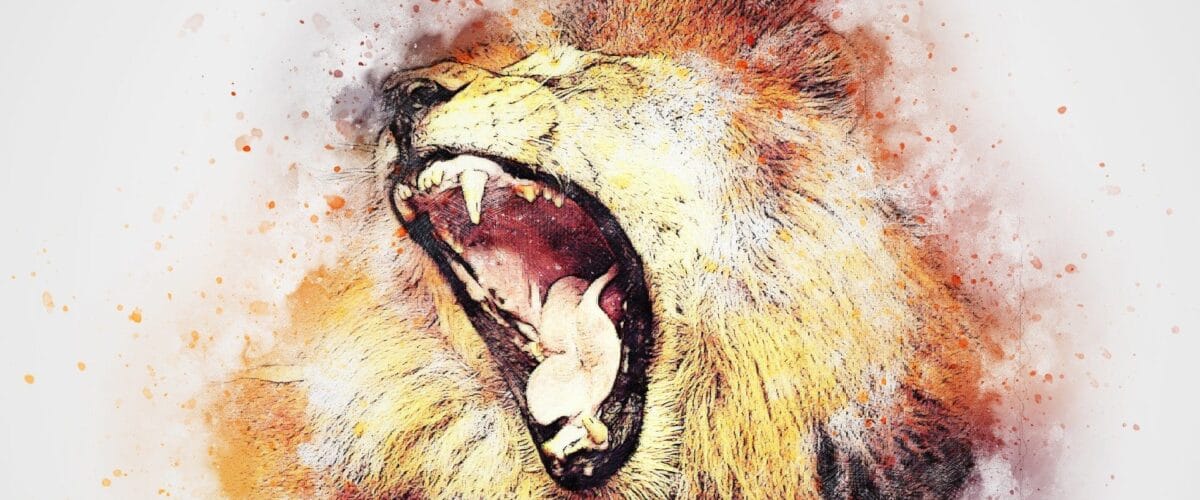Often when attempting to explain the economic principle of supply and demand I will point out that if stranded on a deserted island, hay bales of hundred dollar bills would have no real value, other than as kindling . . . because money actually has no innate value. This is because any assessment of value inevitably requires a contextualizing criterion. And the perception of value can sometimes take on a life of its own. For example – from 1634 to 1637 the Dutch Republic experienced a tulip mania – where the speculative tulip bulb market went absolutely bonkers, making tulip bulbs a precious commodity, based on nothing more than a socio-economic perception of value . . . having nothing to do with real value.
But even apart from an economic motive, we can see how the perception of value inescapably shapes every relationship. Consider a child in a room full of toys, content to play with the one toy they have chosen. But when another child enters and selects a different toy, thereby placing value on that toy – the first child, now perceiving the value of this previously overlooked toy . . . begins to desire that toy above all else in the room. So what changed. . other than another child wanting it first? So is this just a simple case of envy, or is there yet another psychological layer of desire beneath this impulse?
Rene Girard, the 20th-century French philosopher describes this phenomenon as “mimetic desire”. He observed “Man is the creature who does not know what to desire, and he turns to others in order to make up his mind. We desire what others desire because we imitate their desires.” – I find this quote particularly interesting. Girard seems to be premising our imitative desire on the fact that we don’t know what to desire on our own — as if we’d all been exiled from the natural home of our desire . . . and we are now nomadically following each other around in circles, in search of our heart’s true home.
So not only are we prone to follow each other like lemmings recklessly leaping off of the cliff of the latest fad of culture promising meaning and value – we are also prone to view one another as mimetic rivals, allowing the objects of our desire to divide us, ever competing for the associative value of what is by and large, meaningless. All of which invariably devolves into an existential measurement of comparative value – allowing for a meritorious framing of value to create a hierarchy of significance that we judge each other by . . . until some are deemed undeserving and unworthy of being treated with basic human dignity.
We recognize this as the fallen nature of man, made manifest – sin understood as the actions of our misplaced desire, perpetually distorted by the echo chamber of our collective self-delusion. St Augustine seems to have the dilemma of our misplaced desires in mind when he said: “You have made us for yourself, O Lord, and our heart is restless until it rests in you.” So by design, we were made for God, created to desire him above all else. And it is only in our desire for God where we are able to live in Christ and thereby live out the profound unity of Galatians 3:28 “There is neither Jew nor Greek, there is neither slave nor free, there is no male and female, for you are all one in Christ Jesus.”
So come, all who are weary.




















[…] Open the full article on the kingdomwinds.com site […]